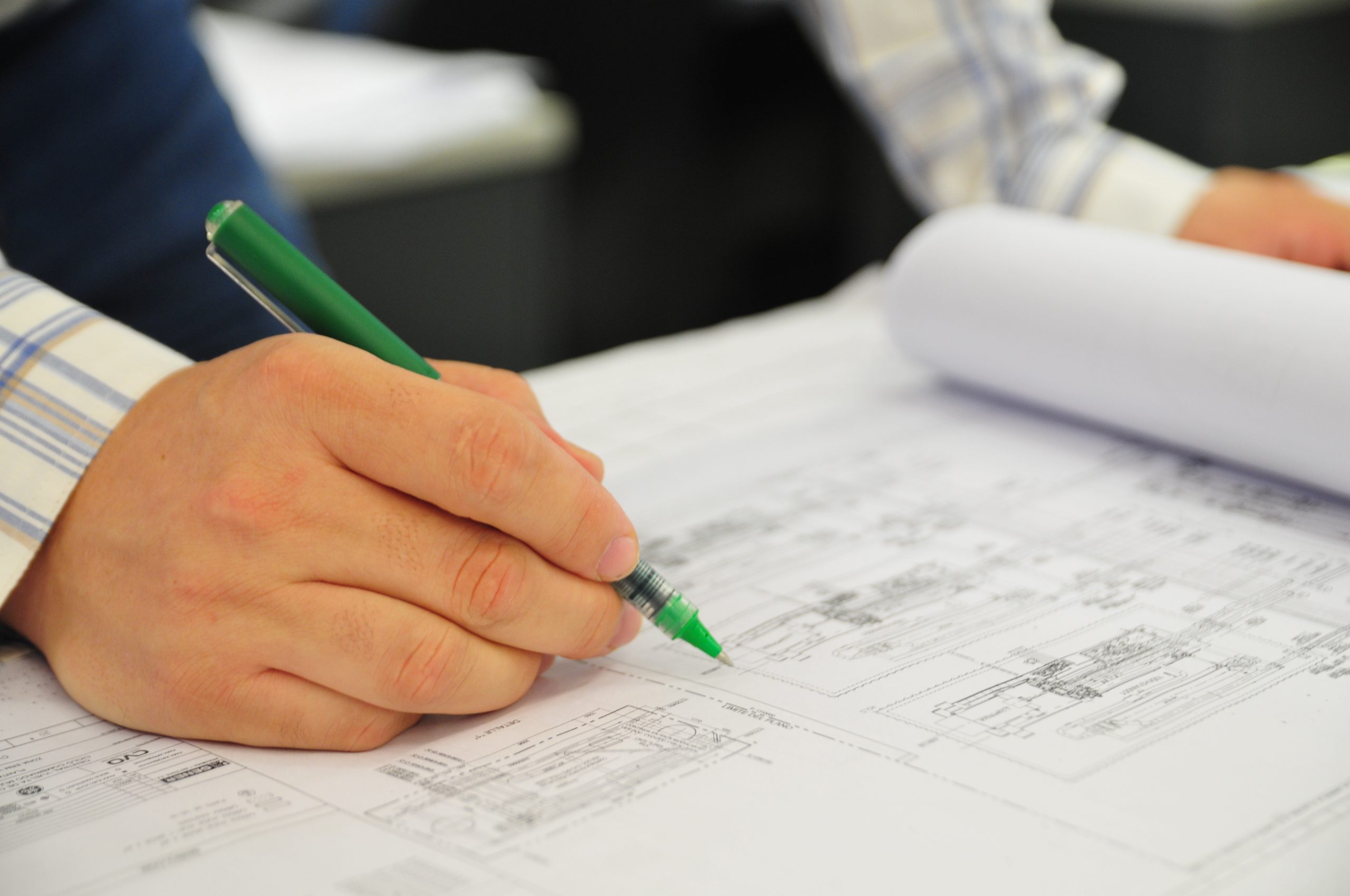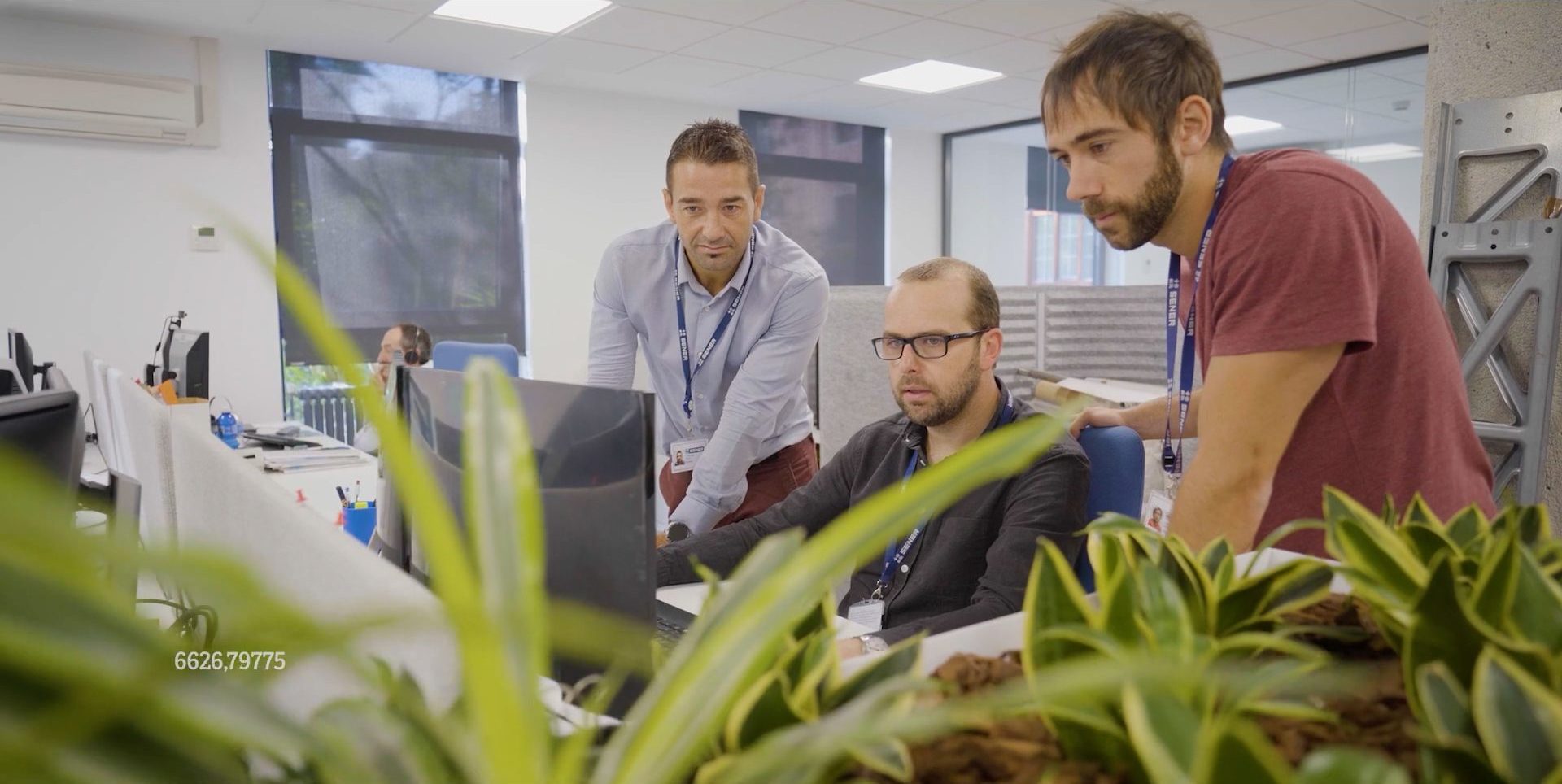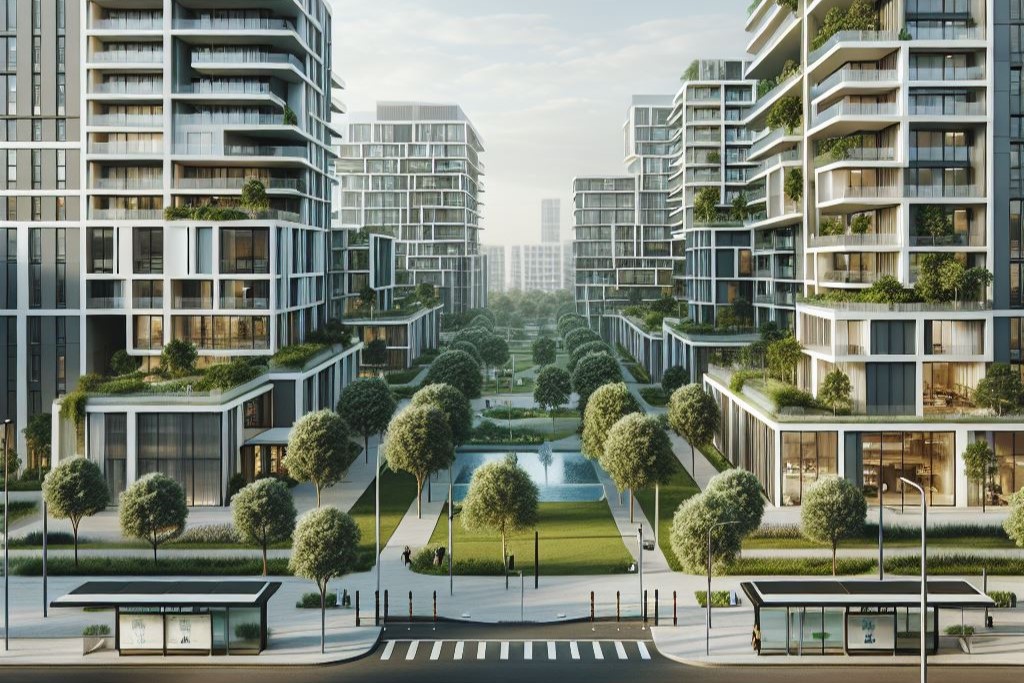
- Mobility & Infrastructures
Categories:
Sustainability is a term that is currently very prominent in the discourse of many companies seeking to present themselves as environmentally responsible or active in reducing their carbon or water footprints, among other aspects. But is this truly the case? How far are they really willing to invest in becoming more sustainable?
Wastewater treatment technologies aimed at achieving optimal quality for reuse are already widely studied and implemented. However, they are usually applied in large-scale treatment plants, primarily for agricultural purposes.
Some industries with high water consumption in their production processes are considering the installation of their own effluent treatment plants for subsequent recirculation—both within their production processes and for the general water needs of their facilities (e.g., the chemical and textile industries). Nevertheless, progress in this area remains slow. Water is still “cheap” enough that the necessary installations take a long time to pay for themselves.
Specifically, in the building sector (mainly in landmark buildings), it is not common to find effluent treatment installations for later reuse. At most, rainwater is collected for irrigation purposes and, in some cities where local legislation requires it, greywater is reused for toilet flushing and irrigation. Even this practice is still in its very early stages.
In Spain in particular, legislation prohibits the reuse of treated water for human consumption, but this is not the case in other countries. The opportunity to reduce water consumption through the reuse of used water—and to decrease dependence on traditional sources such as rivers, springs, groundwater, reservoirs or desalination plants—would lower costs, reduce dependence on weather patterns, and cut the carbon footprint associated with distribution.
In large buildings, shopping centres, hospitals, stadiums, and other major constructions, there is a high consumption of drinking water, while large volumes of effluents are simultaneously generated:
- The former represents a financial cost in terms of consumption and an energy/financial cost for collection, purification and transportation. This energy consumption and resource extraction also have environmental implications, especially in areas suffering from severe water stress (such as the Spanish Levante, for example).
- The latter entails financial/energy costs for transportation, treatment, and discharge. Both the energy usage and the discharge of treated wastewater into the environment have environmental implications due to reduced water quality.
By treating the wastewater generated in any of these large buildings and reusing it (for example, for watering green areas, street cleaning, general cleaning, sanitary use, laundries, cooling systems, and industrial uses), the issues described above could be alleviated. This would reduce the building’s consumption of potable water while virtually eliminating its discharge of wastewater into the sewer system. In short, such a building would be far more sustainable.
A more sustainable building model is being promoted across all sectors of society. Traditionally, this sustainability has been pursued from an energy standpoint, but it would be wise to encourage that large buildings also be sustainable in terms of water use.
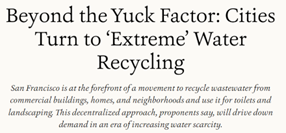
Some similar projects have already been launched in other countries. The city of San Francisco is a pioneer in this field. One example is the “Fifteen Fifty” housing block (2020), where the water reuse installation was developed by EpicCleanTec, a company almost exclusively dedicated to providing the kind of service described in this article.
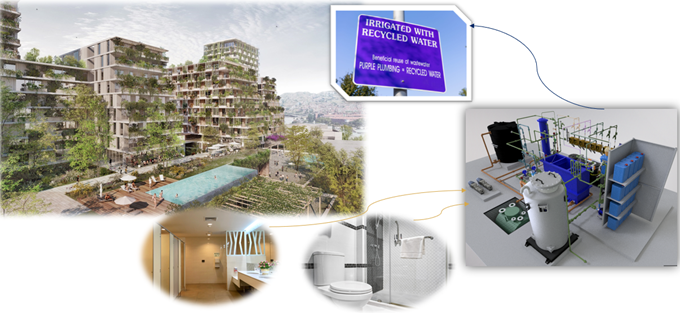
Installing these systems in large building projects brings measurable sustainability improvements:
- Reduced consumption of drinking water.
- Contribution to mitigating water stress in the project area.
- Reduced discharge into receiving water bodies.
- Self-management of the building’s water systems. Circularity.
In summary, considering the current water situation in many regions of the world, the reuse of wastewater for domestic use, irrigation, firefighting and cooling is urgently needed. This would help save fresh water, reduce production costs, lower operating and maintenance expenses, protect the environment, and save energy and chemicals. Without doubt, it is a measure that should be encouraged by both the public and private sectors.
- sustainability
- water
Tags:
Anna María Oliver
Anna María Oliver is a chemical engineer and project manager at Sener. She has extensive experience in water management, environmental strategy, engineering, and facilities. She has worked for over 30 years developing projects in these fields, starting in technical positions and, for 18 years, in management positions.

